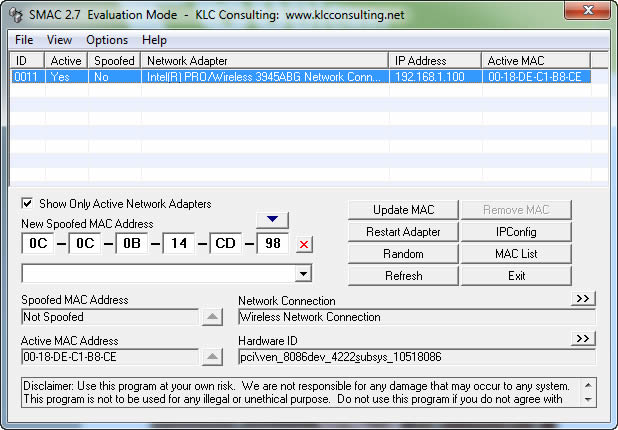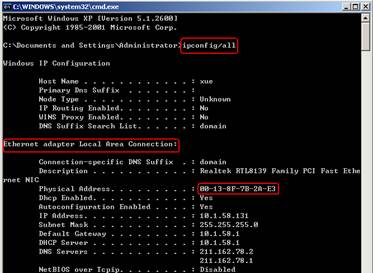

When strict firewalls are in place between the source host running Nmap and the target network, using those advanced techniques is recommended. If any of those probe type and port number options are used, the default probes are overridden. The -sn option can be combined with any of the discovery probe types (the -P* options, excluding -Pn) for greater flexibility. When a privileged user tries to scan targets on a local Ethernet network, ARP requests are used unless -send-ip was specified. When executed by an unprivileged user, only SYN packets are sent (using a connect call) to ports 80 and 443 on the target. The default host discovery done with -sn consists of an ICMP echo request, TCP SYN to port 443, TCP ACK to port 80, and an ICMP timestamp request by default. Often called a ping sweep, and is more reliable than pinging the broadcast address because many hosts do not reply to broadcast queries. It can easily be used to count available machines on a network or monitor server availability. Systems administrators often find this option valuable as well. Knowing how many hosts are up is more valuable to attackers than the list provided by a list scan of every single IP address and host name. It allows light reconnaissance of a target network without attracting much attention. This is by default one step more intrusive than the list scan, and can often be used for the same purposes. This is often known as a “ping scan”, but you can also request that traceroute and NSE host scripts be run. This option tells Nmap not to do a port scan after host discovery, and only print out the available hosts that responded to the scan. Here is a little quote from the man page, nmap(1): -sn (No port scan) Network ID is 192.168.3.0, just substitute the last number by 0. Here at point 2, I have the wlan0 device. Inet6 fe80::c685:8ff:fe94:ee9a/64 scope link valid_lft forever preferred_lft forever Inet6 ::1/128 scope host valid_lft forever preferred_lft foreverĢ: wlan0: mtu 1500 qdisc mq state UP qlen 1000 Please substitute your network identifier and subnet mask.ġ: lo: mtu 65536 qdisc noqueue state UNKNOWN If I had a sure fire way to get the subnet mask, this would be much less likely to fail on a general computer.You can use the Nmap utility for this. Mask = īroadcast = īroadcast = str(broadcast) + '.' + str(broadcast) + '.' + str(broadcast) + '.' + str(broadcast)

Here is what I have so far if that helps. I looked through the socket and ipaddress modules, but couldn't identify anything that would give me what I want(not to say it doesn't exist!).
#Mask mac address for a program how to
I have code for finding the IP address of my computer, and I know how to calculate the broadcast IP given an IP address and a subnet mask, but I cannot figure out how to get the subnet mask in the first place. I want to send a broadcast message over a network using Python.


 0 kommentar(er)
0 kommentar(er)
